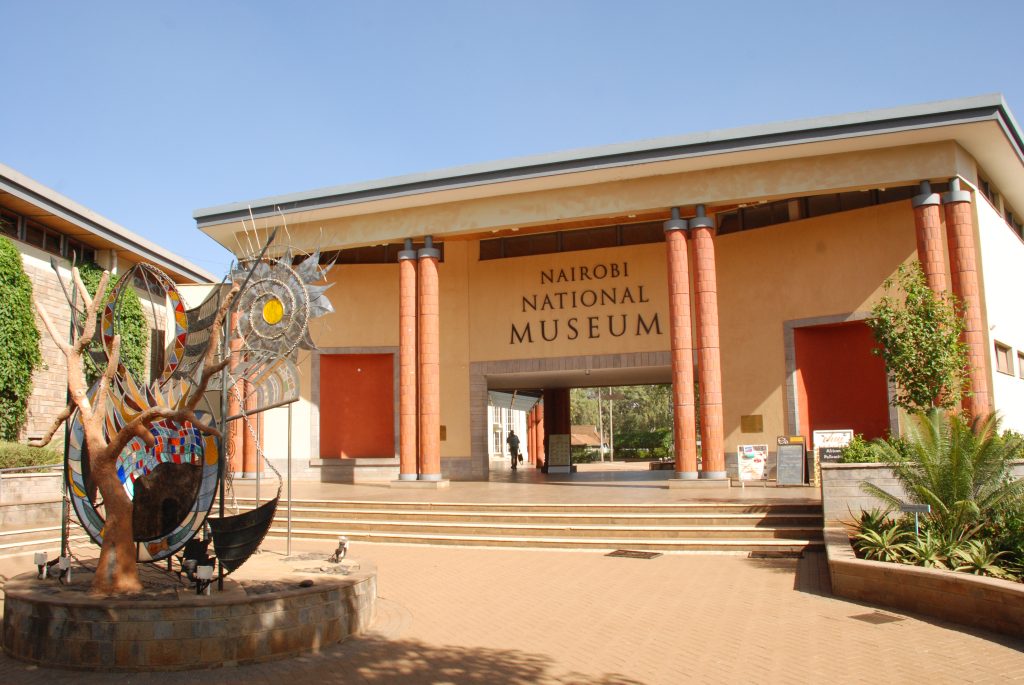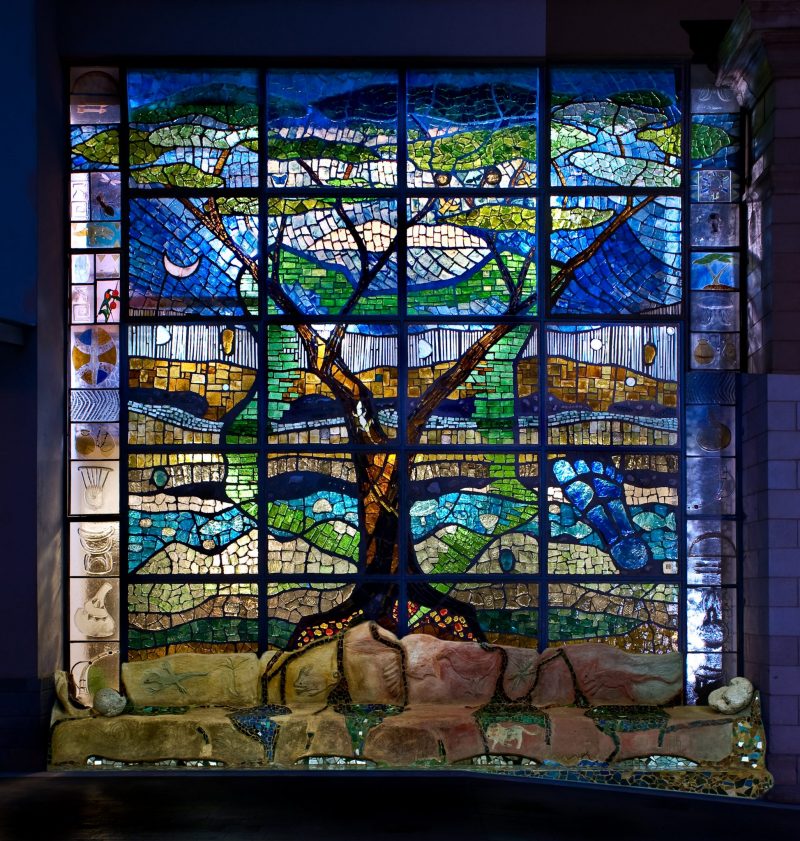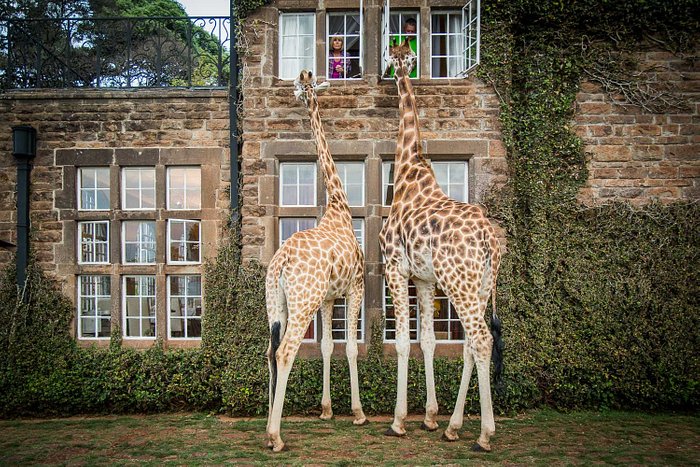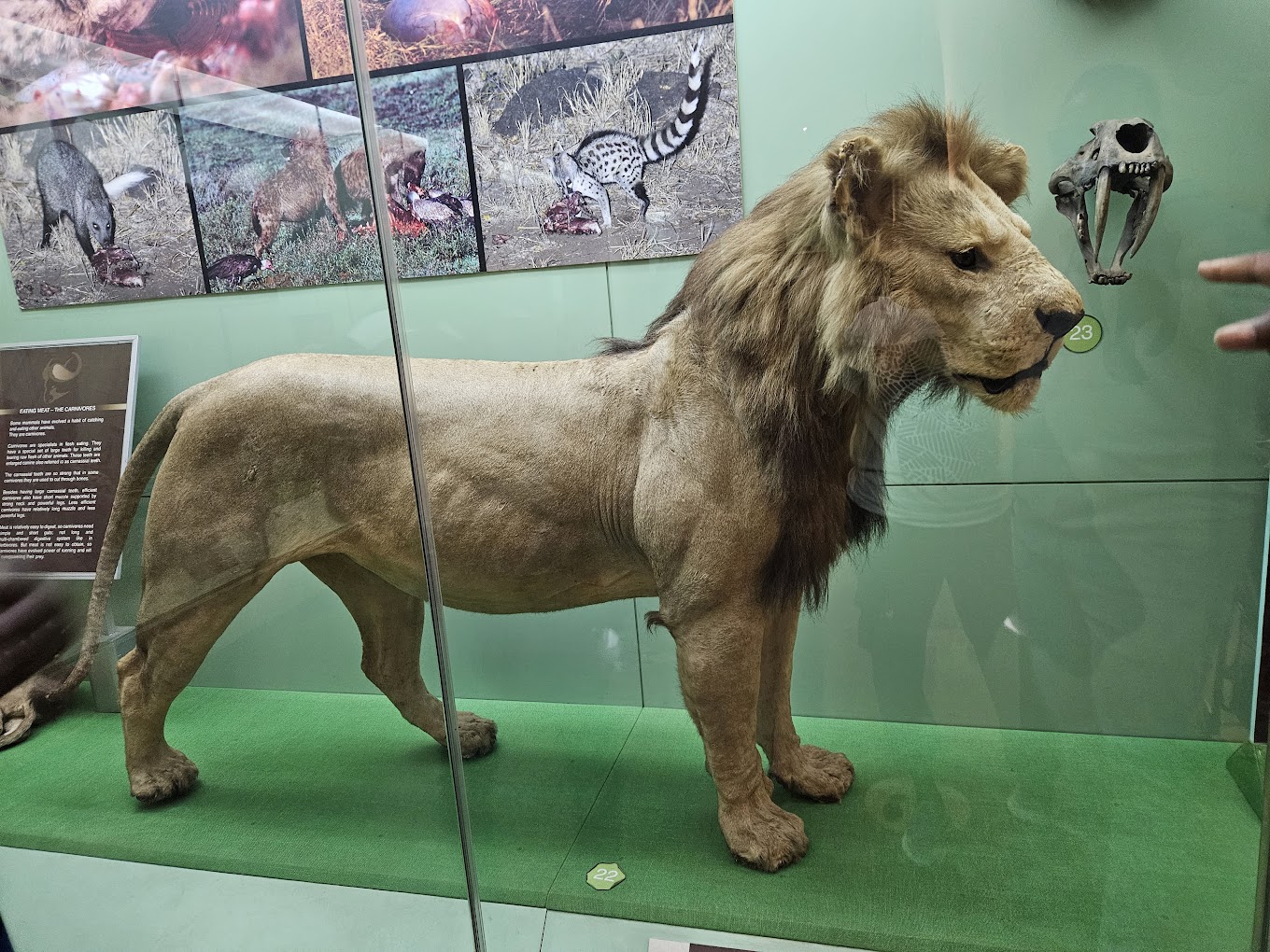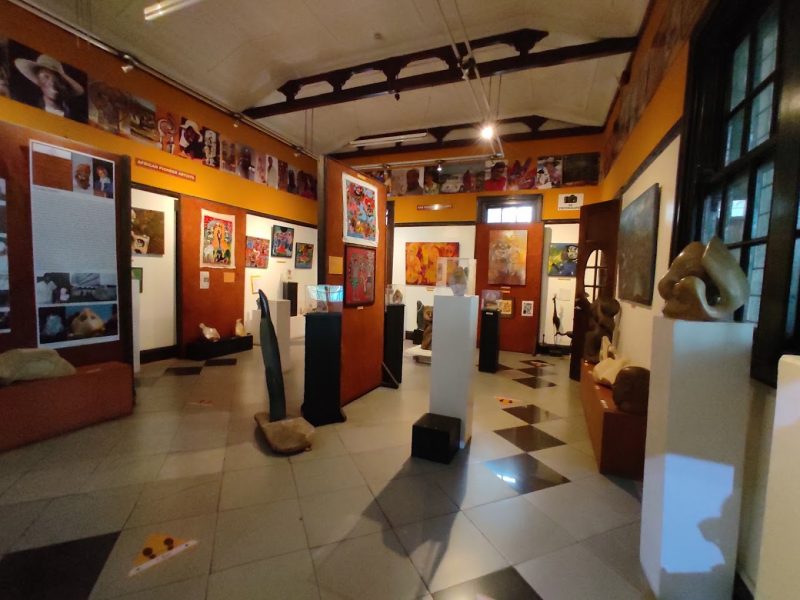The Cultural National Museum Of Kenya
The National Museum of Kenya stands as a beacon of Kenya’s rich culture heritage, history, and nature. Located in Nairobi, it has a collection that spans Kenya’s art and other treasures. With a mission to promote the rich history of Kenya, the museum serves as a vital point for locals and guests alike. In this article, we will explore the various facets of the national museum of Kenya, including its history and collections.
The national museum of Kenya
Established in 1910 as the national museum of Kenya, the museum was initially founded to protect the nature and culture. Over the decades, it has evolved to include other things, including archaeology, ethnography, paleontology, and art. The museum began with a modest collection and has since grown to house millions of specimens and artifacts that reflect the diversity of Kenya’s cultures and ecosystems.
The museum’s founding was part of a broader movement to document and preserve the cultural and natural history of East Africa. It was initially operated by the East African Natural History Society and later came under government management in the 1960s. Today, the National Museum of Kenya plays a crucial role in research, conservation, and public education, ensuring that both locals and visitors can appreciate Kenya’s rich heritage.
Architectural marvel
The striking feature of the national museum of Kenya is its unique architecture. The building showcases a blend of modern and traditional styles, designed to reflect the cultural diversity of the nation. The museum is set within beautifully landscaped gardens, which enhance the visitor experience and provide a tranquil environment for exploration.
The main building houses various galleries and exhibits, while an adjoining wing features a library, laboratories, and offices for researchers and staff. The thoughtful design of the museum aims to create an engaging and informative environment, allowing visitors to immerse themselves in Kenya’s history and culture.
Collections at the national museum of Kenya
The collections at the National Museum of Kenya are vast and varied, encompassing several key areas:
1) Archaeological collections
The archaeological section is one of the museum’s highlights, featuring artifacts that span millions of years. From prehistoric tools to ancient pottery, the collection provides invaluable insights into the evolution of human civilization in the region. Notable exhibits include the remains of early hominids, such as Turkana boy, a nearly complete skeleton of a Homo Erectus discovered in the 1980s.
These artifacts not only tell the story of human development but also highlight the migration patterns and cultural practices of ancient communities. The museum collaborates with international researchers to ensure that its archaeological findings are well-documented and accessible to the public.
2) Ethnographic collections
The ethnographic section of the museum showcases the rich cultural diversity of Kenya’s over 40 ethnic groups. Through artifacts, traditional attire, musical instruments, and crafts, visitors can gain a deeper understanding of the lifestyles, beliefs, and customs of various communities.
This collection emphasizes the importance of oral traditions, rituals, and ceremonies in Kenyan culture. The exhibits are designed to celebrate the vibrant heritage of Kenya, making it an essential resource for anyone interested in learning about the country’s cultural identity.
3) Natural history collections
The national museum of Kenya also features extensive natural history collections that highlight the country’s rich biodiversity. The museum houses specimens from various ecosystems, including the savannahs, forests, and coastal areas. The natural history gallery includes displays of fossils, taxidermy animals, and botanical specimens.
This section serves not only as an educational resource but also as a platform for raising awareness about conservation issues in Kenya. The museum plays a vital role in promoting biodiversity conservation and environmental sustainability, addressing challenges such as habitat loss and climate change.
4) Art galleries
Art is a vital component of the national museum of Kenya. The museum hosts a collection of contemporary and traditional Kenyan art, showcasing the works of local artists. These galleries provide a platform for artistic expression and serve to highlight the dynamic nature of Kenya’s creative community.
From paintings and sculptures to textiles and pottery, the art exhibits reflect the country’s cultural narratives and contemporary social issues. The museum frequently hosts temporary exhibitions, providing a space for emerging artists to display their work and engage with the public.
Exhibitions and events
The national museum of Kenya hosts a range of permanent and temporary exhibitions that attract a diverse audience. These exhibitions often explore specific themes related to Kenya’s history, culture, and environment. Through interactive displays and multimedia presentations, the museum enhances visitor engagement and learning.
Additionally, the museum organizes events such as workshops, lectures, and cultural festivals that celebrate Kenya’s heritage. These events encourage community participation and foster a deeper understanding of the nation’s cultural richness. The museum also collaborates with schools and universities, offering educational programs designed to inspire and inform students about Kenya’s history and biodiversity.
Role of the museum in education and research
The national museum of Kenya is not only a repository of artifacts but also a crucial educational institution. It plays a significant role in promoting research and academic inquiry in various fields, including anthropology, archaeology, and environmental science. The museum collaborates with local and international researchers, facilitating studies that contribute to a broader understanding of Kenya’s heritage and natural resources.
Educational programs offered by the museum aim to engage students and the public in learning about Kenya’s history, culture, and environment. Guided tours, workshops, and interactive exhibits are designed to cater to visitors of all ages, making the museum an essential resource for schools and community groups. The museum’s commitment to education helps cultivate a sense of pride and ownership among Kenyans regarding their cultural heritage.
Significance of the national museum of Kenya
The National Museum of Kenya holds immense significance for both the nation and the global community. It serves as a cultural bridge, connecting Kenyans to their past while providing international visitors with insights into the country’s rich heritage.
1) Preservation of heritage
The museum plays a crucial role in preserving Kenya’s cultural and natural heritage for future generations. By curating and safeguarding artifacts, the institution ensures that the stories and histories of various communities are not lost over time. This preservation is essential for maintaining a sense of identity and continuity in a rapidly changing world.
2) Promoting tourism
As a major tourist attraction, the National Museum of Kenya contributes significantly to the country’s economy. It draws visitors from around the world who seek to learn about Kenya’s diverse cultures and history. The museum enhances the overall tourism experience by offering a comprehensive understanding of the country’s cultural landscape, thereby promoting responsible and sustainable tourism.
3) Fostering cultural exchange
The national museum of Kenya serves as a platform for cultural exchange, encouraging dialogue and understanding among diverse communities. By showcasing the richness of Kenya’s cultural heritage, the museum promotes appreciation for diversity and fosters connections between local and international audiences. Temporary exhibitions featuring artists and cultures from around the world further enhance this exchange.
4) Addressing contemporary issues
In addition to celebrating Kenya’s rich history, the museum actively engages with contemporary social and environmental issues. Through exhibitions and educational programs, it raises awareness about challenges such as climate change, conservation, and social justice. This proactive approach positions the museum as a relevant and responsive institution in the face of evolving global challenges.
Visiting the national museum of Kenya
The national museum of Kenya is conveniently located in Nairobi, making it easily accessible to both locals and tourists. The museum is open to the public, with varying admission fees that often include access to special exhibitions. Visitors can explore the museum at their own pace, with well-marked galleries and informative signage providing context for the exhibits.
To enhance the visitor experience, the museum offers guided tours led by knowledgeable staff who provide deeper insights into the collections. The museum also features a gift shop where visitors can purchase unique souvenirs, including locally made crafts and publications related to Kenyan history and culture.
Tips for a memorable visit
-
- Plan ahead: Check the museum’s website for current exhibitions, events, and operating hours to make the most of your visit.
- Engage with staff: Do not hesitate to ask museum staff questions. They are knowledgeable and can provide valuable insights into the exhibits.
- Participate in workshops: If available, consider participating in workshops or educational programs to enrich your experience.
- Explore the surrounding: The museum is located near other cultural attractions in Nairobi, making it easy to plan a full day of exploration.
Kenya’s identity displayed in the museum
The national museum of Kenya stands as a vital institution that preserves the nation’s rich cultural heritage. It also educates and inspires future generations. Its extensive collections, engaging exhibitions, and commitment to education make it a treasure trove. This is especially true for anyone interested in understanding Kenya’s diverse history, art, and natural beauty. By visiting the museum, you are seeing a significant part of Kenya’s identity. But you are also helping the ongoing conversation about culture, history, and heritage. The national museum of Kenya offers a deep experience to both locals and international visitors that should not be missed.

